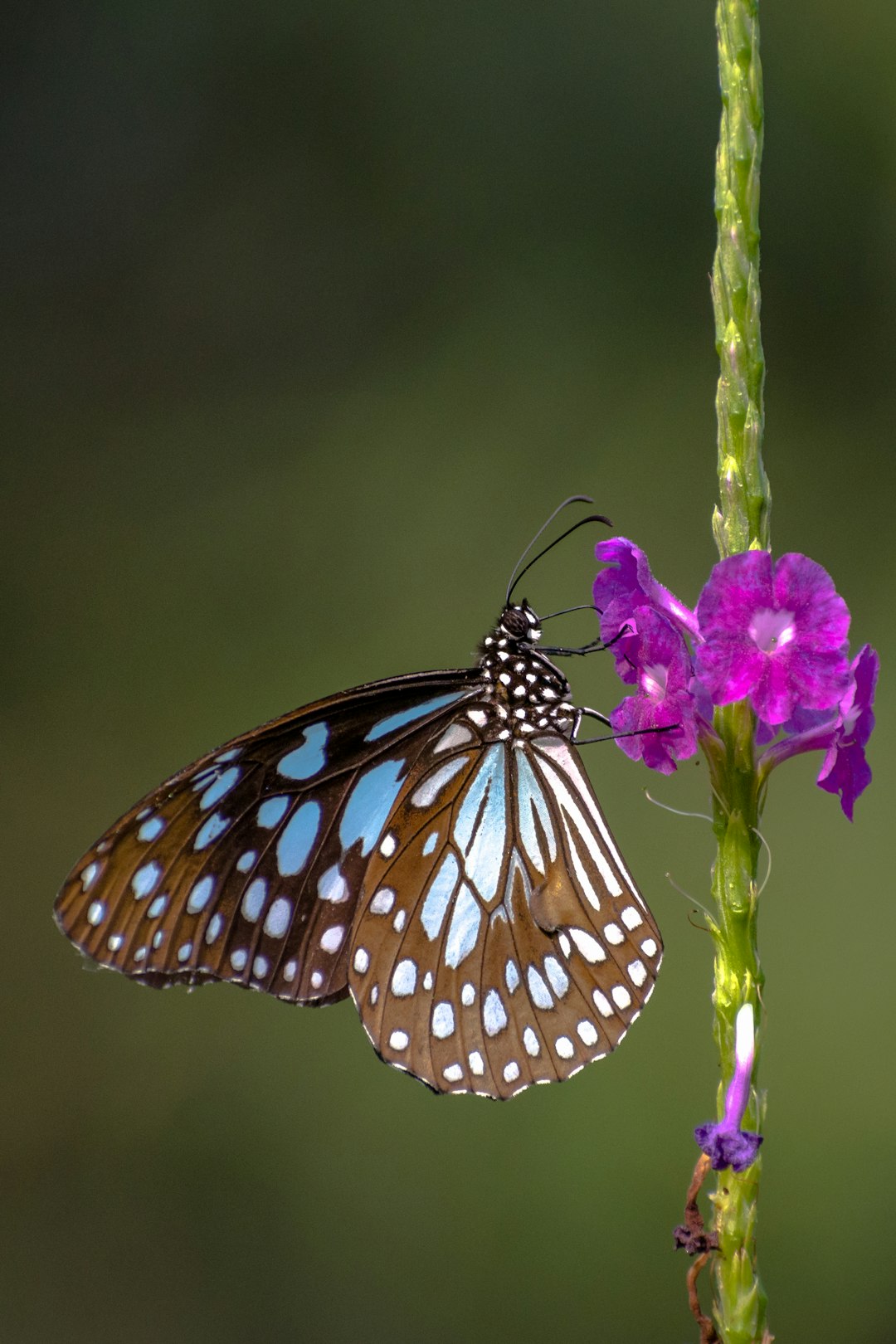Nature is full of fascinating creatures, each uniquely adapted to survive and thrive in their specific environments. From camouflaging chameleons to deep-sea anglerfish, the animal kingdom is filled with amazing adaptations that allow these creatures to overcome challenges and excel in their habitats. Here are some of the most interesting animal adaptations in nature that showcase the incredible diversity and ingenuity of life on Earth.
One of the most intriguing adaptations in nature is the camouflage abilities of certain animals. Camouflage is the ability of an animal to blend in with its surroundings, making it nearly invisible to predators or prey. The chameleon is perhaps the most well-known example of this adaptation, as it can change the color of its skin to match its surroundings. This allows the chameleon to hide from potential threats and sneak up on unsuspecting prey without being detected. Other animals, such as the leaf-tailed gecko and the walking stick insect, also use camouflage to blend in with their environment and avoid being spotted by predators.
Another amazing adaptation in nature is the ability of certain animals to regenerate lost body parts. Many species of lizards, for example, can regrow their tails if they are damaged or lost. This regeneration process involves the growth of new tissues and blood vessels to replace the missing body part. Some species of starfish can also regenerate lost arms, allowing them to recover from injuries and continue living their lives. This ability to regenerate body parts is truly remarkable and allows these animals to survive and thrive despite the dangers they may face.
In the deep sea, creatures like the anglerfish have developed unique adaptations to survive in the dark, cold, and high-pressure environment. The anglerfish has a bioluminescent lure on its head that it uses to attract prey in the dark depths of the ocean. This adaptation allows the anglerfish to catch food in an environment where visibility is limited, giving it a distinct advantage over other predators. Additionally, the anglerfish has a highly expandable stomach that allows it to consume prey larger than itself, enabling it to obtain more nutrients and energy to sustain its life in the harsh deep-sea environment.
Some animals have evolved extreme adaptations to survive in harsh climates or conditions. The arctic fox, for example, has dense fur and a thick layer of fat to insulate its body against the freezing temperatures of the Arctic. This adaptation allows the arctic fox to maintain its body temperature and survive in one of the coldest environments on Earth. Similarly, the camel has evolved to survive in the hot and dry desert by storing fat in its hump and being able to go long periods without water. These extreme adaptations showcase the incredible resilience of animals and their ability to adapt to diverse environments.
Another interesting adaptation in nature is the symbiotic relationships that exist between different species. Symbiosis is a close and long-term interaction between two different species, where both benefit from the relationship. For example, the clownfish and the sea anemone have a symbiotic relationship, where the clownfish gains protection from predators by living among the tentacles of the sea anemone, while the sea anemone benefits from the nutrients provided by the clownfish. This mutually beneficial relationship allows both species to thrive and survive in their shared environment.
The evolution of mimicry is another fascinating adaptation in nature, where certain animals have developed physical traits or behaviors that mimic other species to gain a survival advantage. The viceroy butterfly, for example, has evolved to mimic the appearance of the toxic monarch butterfly, deterring predators from eating it due to its resemblance to the toxic species. Similarly, the hoverfly mimics the appearance of bees or wasps to avoid being attacked by predators that avoid these stinging insects. These adaptations showcase the ingenious ways in which animals have evolved to deceive predators and increase their chances of survival.
In conclusion, the animal kingdom is full of amazing adaptations that highlight the incredible diversity and ingenuity of life on Earth. From camouflaging chameleons to regenerating lizards, from deep-sea anglerfish to symbiotic relationships, these adaptations showcase the remarkable resilience of animals and their ability to overcome challenges in their environments. By studying these adaptations, we can gain a greater appreciation for the wonders of nature and the remarkable creatures that inhabit our planet.

